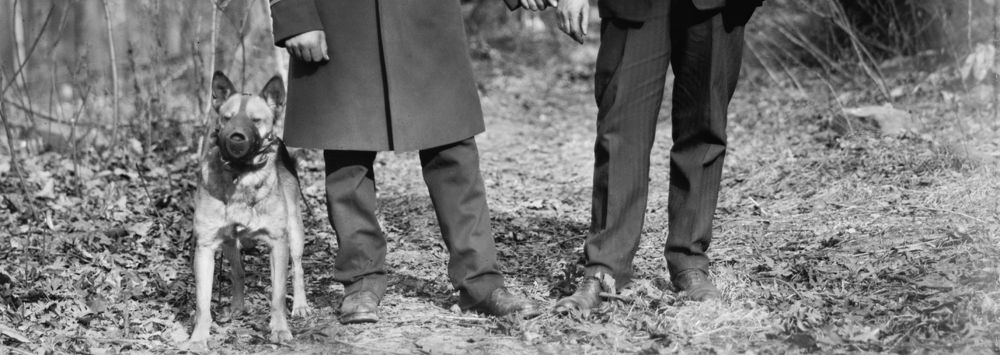How have cities shaped human-canine relationships?
Walk around London, New York and Paris and you might spot police dogs at railway stations, dog owners scooping up their pet’s poop, a dog run and a small animal veterinarian surgery. You might even see a dog toilet in Paris, a “Curb Your Dog” sign in New York or perhaps a RSPCA inspector in London. Or you might glance at Battersea Dogs Home as your train approaches Victoria Station, or take a trip to Hartsdale or Asnières-sur-Seine dog cemeteries.
This research project led by Chris Pearson, and funded by the British Academy and Wellcome Trust, explores how and why such sights have vanished from present-day London, New York and Paris.
Focussing on the period c.1850-1940, Chris is examining how this significant era of urbanization transformed dogs and their relationship with humans. In particular, this period saw the development of kennel clubs, Pasteur Institutes, animal protection societies, municipal pounds, dog shelters, anti-excrement measures and police dog units.
The everyday ways in which humans and dogs share modern Western cities can seem unremarkable. Yet this cohabitation has a deeply historical character, and some sights have disappeared. You probably won’t see an unaccompanied dog wandering the streets, nor police officers shooting a rabid dog in broad daylight. Nor would you see hundreds of canine corpses floating down the East River, Thames or Seine, nor someone picking up dog excrement to sell to leather glove makers.
Different attitudes towards dogs
Urbanites treated dogs as companions worthy of protection or pests who deserved eradication. They separated dogs into different categories, such as “stray” and “pet,” and deliberated on their correct relationship with humans. Fears about dirt and disease led to repeated campaigns against stray, rabid and, from the mid-twentieth century, defecating dogs. But humans also relied on pet dogs to make modern city life more bearable, and mobilized police dogs to make the streets feel safer. Anxieties about straying, rabies, biting and excrement meant, however, that dogs were never fully accepted in the city. Dogs continue to pose questions about what makes a safe and healthy city. The concerns over dog mess are a not-so-shining example.
Sniffing the Past app - take a dog's eye view of the city
To help you find out more about the human-canine histories of London, New York and Paris, Chris has launched a free smart phone app called Sniffing the Past. Using Google maps or Apple Maps, the app provides you with site-specific information about these cities’ often overlooked human-canine pasts.
You can also upload your own information and images, and choose to share them with other users.
The app was produced with the University of Liverpool’s User Interface and Mobile Development Team.
Back to: Department of History

